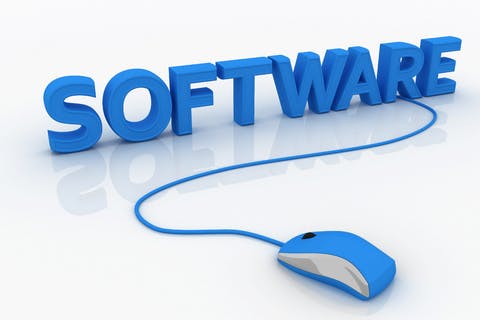As SaaS (Software as a Service) continues to grow, so do the misunderstandings. Anyone in HR or management considering a SaaS deployment model has likely heard these five top myths, and should understand the realities, based on the experiences of diverse global organizations.
- SaaS is only for small companies. Not anymore. Increasingly large firms, including Dell, MasterCard, Reebok, PG&E, and Volkswagen of North America, now employ SaaS solutions. And the number continues to grow, as organizations realize the cost and efficiency benefits to deploying SaaS solutions.
- SaaS is more expensive than licensed software. Actually, the initial cost and implementation of SaaS solutions is cheaper, while the long-term total cost of ownership (TCO) is comparable to licensed products. Organizations like the SaaS cost model because it is very predictable, which makes for easy budgeting and planning.
- SaaS will take over the world. SaaS is simply a deployment model. This delivery method is not one-size-fits all. It’s important to take a pragmatic view of SaaS in your IT landscape and understand the potential trade-offs of SaaS versus on-premises solutions.
- Hosted data is less secure than data stored on-premises. SaaS vendors work hard to ensure airtight role- and data-level security. This model would fall down without stringent protection for critical data. Make sure to carefully review the security structure before selecting a vendor.
- SaaS can only handle simple needs. SaaS solutions have been deployed to solve very large, highly complex business application requirements, as well as small, “vanilla” business needs, which highlights SaaS as a flexible deployment model.
SaaS is a business model for deploying software; it is simply a choice for deployment. Before purchasing any software applications, business leaders need to:
- Carefully document their requirements – what is the business issue they are trying to solve?
- Develop a list of potential vendors who have proven solutions in the appropriate business category, be it CRM (customer relationship management), ERP (enterprise resource planning), or HCM (human capital management).
- Evaluate each vendor’s solutions to see which solution best fits their requirements.
- Do a cost analysis to compare traditional licensing with SaaS subscription licensing to better understand short term and long term costs.
- Consider not only software costs, but costs related to deployment and annual maintenance fees, as well as internal IT costs.
SaaS is simply a means to an end. It may be the right choice — provided the software meets your requirements. Certainly as a deployment model it offers many tangible benefits, but no solution should be chosen simply because it is, or is not, delivered via the SaaS model.
